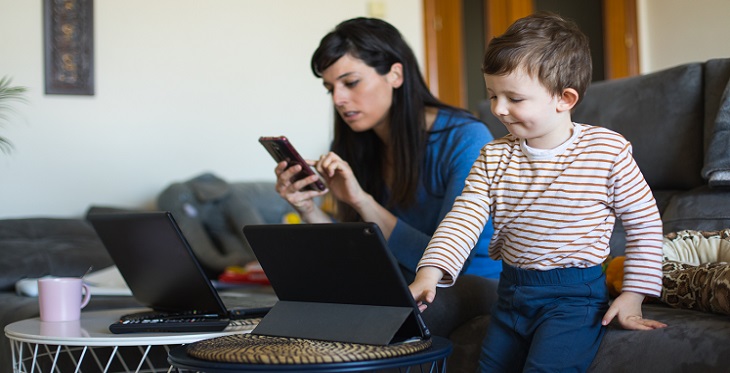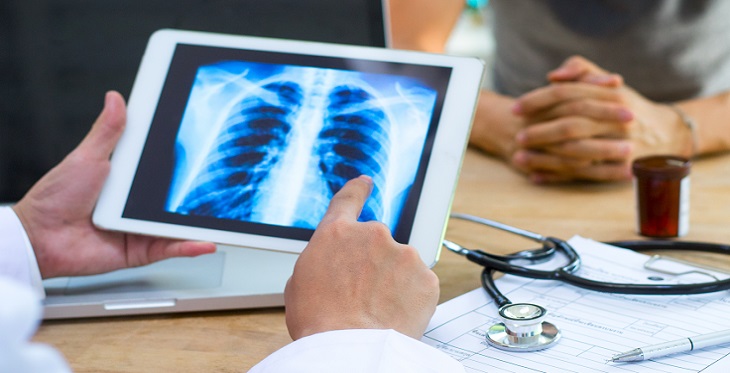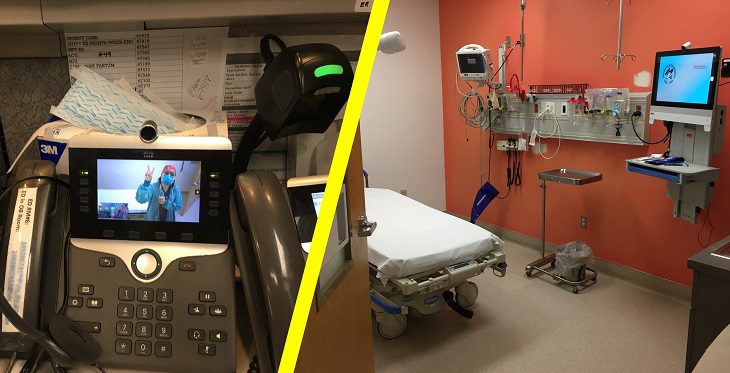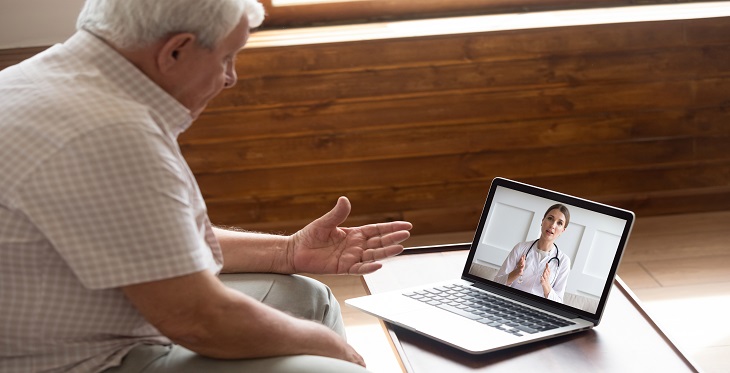A Novel Way To Utilize Telehealth
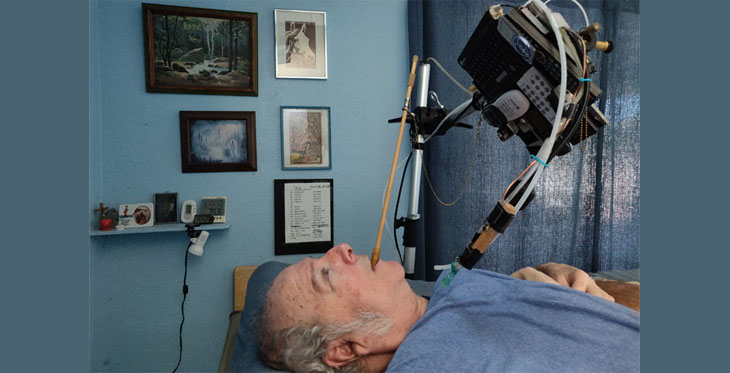
I don’t use a smartphone to access Telehealth. Being a “tetraplegic” I have no use of my hands, so I invented a unique way to operate different electronic devices.
I created two styles of mouth sticks.
This one I use while in bed. It’s made from a quarter inch wooden dowel with both ends covered with surgical tubing. If you notice, one end is covered two and a half inches and the other a half inch. The longer end is for biting on and the other is to cushion the tip.
The second mouth stick I use while sitting up in my wheelchair. I can drive up to the desk I designed and park myself in front of my keyboard and computer. The mouth sticks I use while in my chair has a lucite bite impression the dentists made for me. I don’t use this type of mouth stick while laying down in bed because I can’t easily swivel the stick from side to side.





